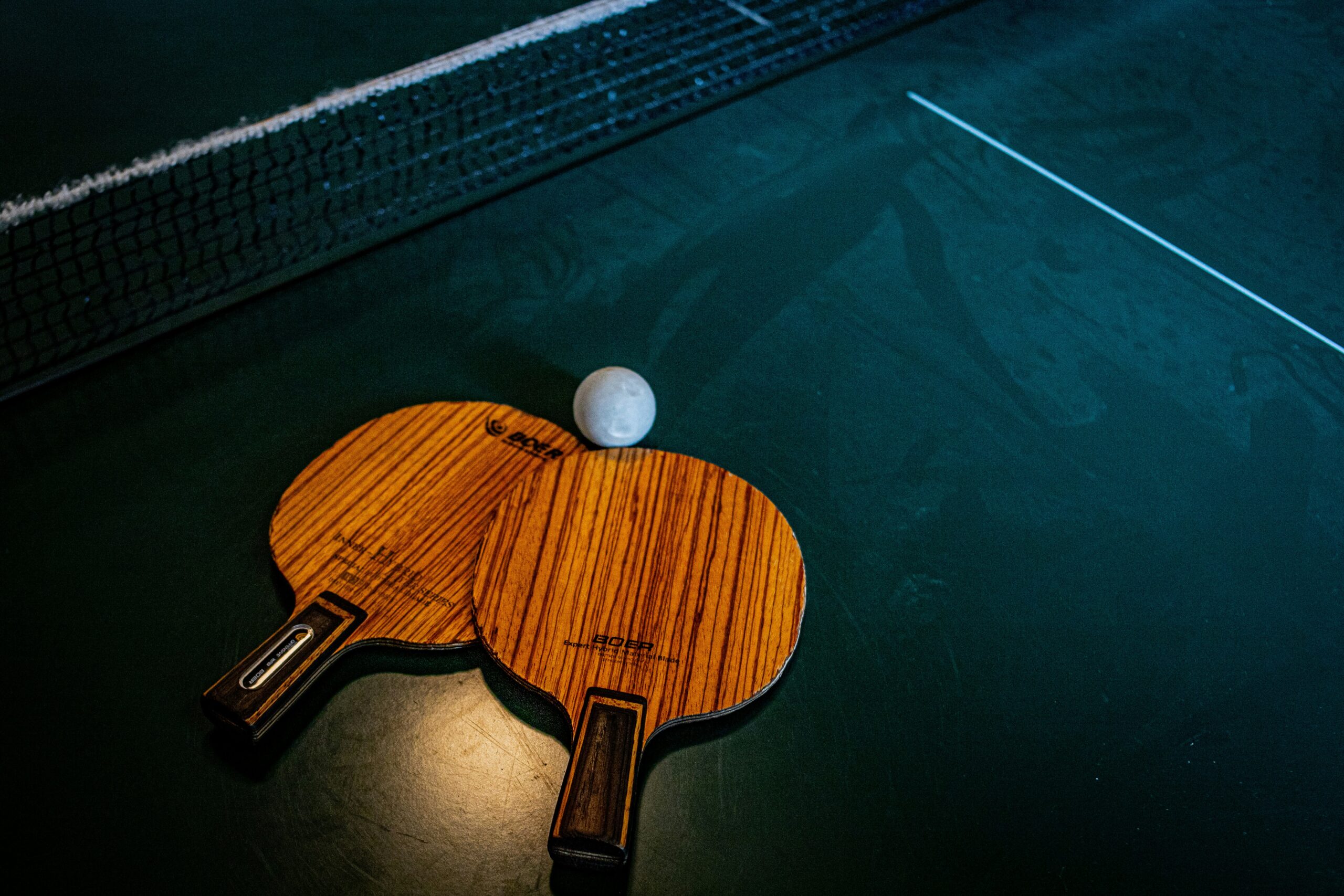
A Humble Game with Grand Ambitions
It’s hard to imagine that the same game once played on dusty basement tables has become an Olympic sport watched by millions. Ping pong—or table tennis, as it’s officially known—has traveled an incredible journey from casual pastime to professional phenomenon. What started as an after-dinner amusement has become one of the planet’s fastest, most strategic, and mentally demanding sports.
The Birth of Basement Battles
In the late 19th century, English families sought ways to bring outdoor sports indoors during rainy seasons. Using cigar box lids as paddles and champagne corks as balls, they created an improvised version of lawn tennis in their dining rooms. It was affectionately nicknamed “whiff-whaff,” after the sound of the ball bouncing on the table. Before long, “ping pong” became the more marketable term, thanks to its catchy rhythm and association with leisure.
Those basement and parlor matches weren’t just pastimes—they laid the foundation for a culture of creativity and competition that still defines the game today.
From Parlors to Public Halls
As the 1900s rolled in, ping-pong moved out of homes and into clubs, schools, and community centers. The sport’s accessibility was key—anyone with a flat surface, a net, and a ball could play. It quickly gained popularity in Europe and Asia, particularly in countries like Hungary, England, Japan, and China.
By the 1920s, organized leagues and international competitions began emerging, signaling that ping pong had officially grown beyond its casual roots. Players started developing techniques, spin shots, and strategies that transformed it from a party game into a genuine athletic pursuit.
The Rise of Speed and Spin
The 1950s and 1960s saw a major turning point—the introduction of sponge rubber paddles. Suddenly, players could put more spin and speed on the ball. The game changed overnight. Matches became faster, rallies shorter, and strategies sharper.
The “basement bounce” was gone—this was now a high-octane sport demanding reflexes that bordered on superhuman. Watching a professional match became an exercise in awe: the blur of motion, the calculated precision, the artistry behind each serve and counterattack.
This was also when Asia, particularly China, began its long and remarkable dominance in the sport. Chinese players mastered the new equipment and developed training methods to redefine the global competitive scene.
Ping Pong Goes Global
Ping pong didn’t just stay in sports halls—it became a cultural bridge. In the early 1970s, “ping pong diplomacy” played a surprising role in easing tensions between the United States and China. When American players were invited to compete in China, it opened the door for international dialogue, showing that sometimes, a little white ball could achieve what politicians couldn’t.
Since then, the sport has continued to expand its global reach. From youth programs in rural communities to professional leagues in significant cities, table tennis has proven to be both inclusive and inspiring. It rewards patience, focus, and adaptability—qualities that resonate far beyond the table.
Technology, Training, and Transformation
Today’s table tennis scene looks nothing like the one your grandparents played in their basement. High-tech paddles use carbon layers and precision engineering to deliver optimal spin and speed. Players train with AI-assisted robots that replicate complex opponent patterns. Data analytics help professionals track performance and refine their tactics.
Even amateur players can now benefit from video analysis apps, training tutorials, and digital score trackers. The game has become smarter—more connected, more scientific—but it still holds that same playful spirit that made it popular in the first place.
From Local Leagues to Olympic Glory
Table tennis became an official Olympic sport in 1988, and it hasn’t looked back since. Countries like China, South Korea, Germany, and Sweden have produced legends who elevated the game’s prestige worldwide.
But the beauty of ping pong lies in its dual nature: it’s both intensely competitive and universally approachable. Whether you’re in a garage, a school gym, or a stadium with 20,000 fans, the essence of the game remains the same—two players, one ball, and endless possibilities.
Grassroots tournaments and local leagues continue to thrive, feeding into regional and national circuits. For many young athletes, ping pong is not just a game but a gateway to confidence, discipline, and community.
The Everyday Joy of the Game
Despite all the progress and professionalization, ping pong has never lost its heart. Walk into any youth center, break room, or family basement, and you’ll find the same laughter and competitive spirit that fueled the game’s earliest days.
It’s this accessibility that keeps ping pong timeless. You don’t need a gym membership or a team of coaches—just a paddle, a ball, and someone willing to rally with you. It’s a sport that invites everyone, from curious beginners to seasoned champions.
In many ways, the basement-to-championship journey isn’t just about the sport—it’s about what it represents. Growth. Connection. The idea that greatness often starts in the simplest places.
The Future of Ping Pong: Fast, Fun, and Boundless
Looking ahead, ping pong is entering a thrilling new chapter. Emerging technologies like VR training, AI coaching, and even e-sports-style tournaments are blurring the lines between physical and digital play.
Meanwhile, social media and streaming platforms have made it easier than ever for fans to follow international competitions and learn from top players. The global ping pong community is more connected, creative, and competitive than ever before.
Still, no matter how advanced the equipment gets or how fast the rallies become, the soul of the game remains unchanged. It’s about the rhythm of play, the quick reflexes, the shared smiles over a well-placed shot.
From basements to championships, ping pong’s evolution is a story of passion, persistence, and pure joy—a reminder that the simplest games can have the most extraordinary journeys.